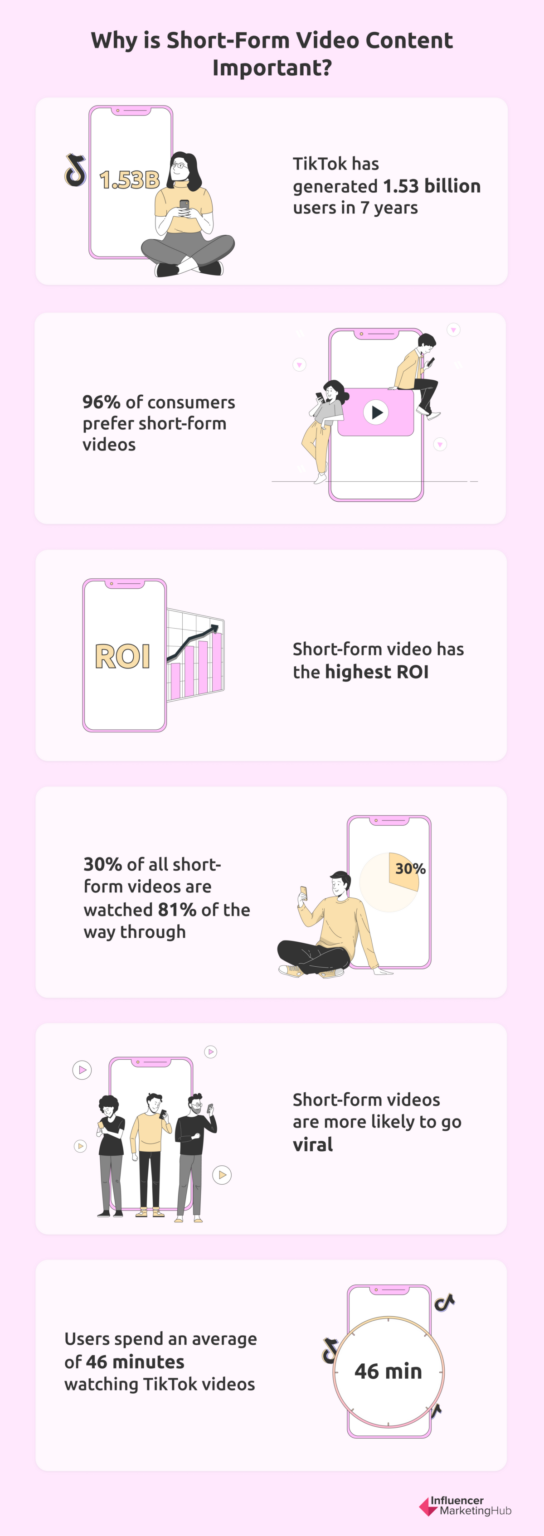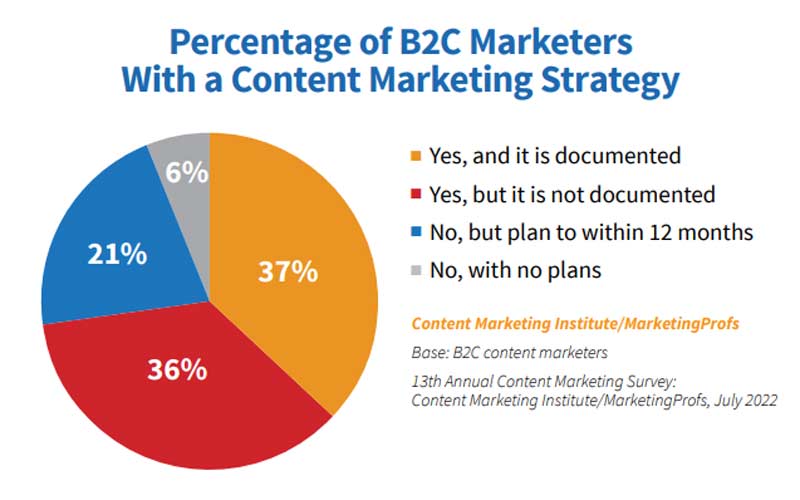Content marketing is increasingly important, with 70% of B2C brands indicating it is more important heading into 2023 than it was in previous years. Similarly, consumption in the B2B landscape increased by 18.8% in 2022.
The trend in both arenas indicates that the competition for your audience’s eyes is becoming more intense. Your content needs to stand out if you want your strategy to succeed.
Though the pressure to produce more content is high (we certainly get it!), you can’t afford to churn out assets with generic messaging to cut corners. Let’s look at how to avoid bland content that misses the mark with your different audiences.
Define Your Audiences
To create content for different audiences, you first need to know who those audiences are. You likely already have defined buyer segments or personas, but your team should re-evaluate them in relation to your content.
As you spell out your personas, identify their pain points and why they might seek information from your brand. You should also determine each audience’s preferences for consuming content, including format and channels, to understand what content would be most valuable.
If you use a platform such as DivvyHQ, you can incorporate your buyer personas into the content calendar. Our software lets you create filters for each audience, allowing you to plan, publish, and track content based on audience.
Differentiate Audience Preferences, Needs, and Expectations
Take your buyer persona information one step further to really help you hone your content and create messaging that resonates with different audiences. Outline what differentiates one audience from the others in preferences, needs, and expectations. What sets them apart, and how can you appeal to those different qualities in your content?
For instance, generations vary significantly in social media usage, so their preferences, needs, and expectations for the content they consume also vary. Though more than half of U.S. adults between 18 and 64 use social media, only 43% of those 65 and up do.
Source: Statista
Drilling down on this kind of detail helps you focus your content planning efforts. Likewise, you should look for overlap between your audiences to find opportunities to create horizontal and vertical messaging.
Identify Your Value Proposition
Your value proposition forms the foundation for your messaging. Straying from your core values is a sure way to lose credibility, but your team also needs to know how to convey them in meaningful and relevant ways to your audience.
For example, if your company creates a product using sustainable methods, you will want to include sustainability in your value proposition. However, sustainability won’t necessarily have the same value to each audience, so you need to understand how it applies to target your messaging effectively.
With Divvy’s platform, you can ensure your entire team is on the same page. Our system makes it easy to collaborate and share information. You can include any nuances to your value proposition for each asset in the data contained in the sandbox.
Scope Out Your Competitors
Researching your competitors is an essential component of the content production process. Don’t just focus on the topics your competitors cover during your research. Examine their messaging around those topics.
While you don’t want to imitate them, you can pull down information about how they convey their messages. How do they dial in their content to appeal to various audiences?
You will also want to determine their content formats and channels for each audience and whether they’re effective.
Research Content Trends
Investigate content trends to determine hot topics and formats. For example, video content is powerful, with global viewers expected to reach 3.5 billion in 2023. Additionally, consumers are more likely to share video content than any other format, helping you broaden your reach without any extra effort.
However, consumer preferences have recently shifted to short-form content, with 96% of consumers preferring videos that are less than a minute long.
Source: Influencer Marketing Hub
DivvyHQ’s platform provides a central hub for all your assets. You can create, upload, and store multiple formats, giving all team members access when needed, regardless of location. When someone revises a piece of content, the system updates instantaneously, ensuring everyone sees the most recent version.
Conduct a Content Audit
A content audit provides insight into your messaging over time. If you haven’t done one before, the first time around might seem a little overwhelming, maybe even painful.
However, it provides a much clearer understanding of where to improve your messaging for different audiences. We know the idea of auditing all your content probably makes you shudder, but our content audit template simplifies the process.
We promise that the more often you do them, the less painful it gets.
Establish an Audience-Specific Content Strategy
Designing audience-specific content strategies help you define your messaging for each audience.
Surprisingly, only 37% of marketing teams have a documented content strategy. No wonder so many lose focus!
Your strategy is the driving force behind your content. It defines your approach and lays out your content goals.
You should have an overarching content strategy and separate ones for individual campaigns, audiences, and channels. You can use Divvy to help your team organize and develop content that adheres to your strategies, creating filters for each one and adding them to the calendar and sandbox.
Source: Content Marketing Institute
Create Clear Style Guides
Style guides ensure your creators maintain consistency in the content creation process. They provide direction, formatting, writing conventions, and topic information.
They can also include other useful guidelines, such as audience focus, tone, and voice. Divvy’s framework lets you attach a style guide to each asset, ensuring your creators always have access.
Additionally, we integrate with AI writing platforms such as Grammarly and Writer. Writer includes a feature that allows you to create a style guide in the system. As your creators produce or edit content, the software provides suggestions based on the style guide.
Use a Content Operations Platform
It’s hard enough to create messaging that resonates with different audiences without also having to worry about communicating information using traditional and disconnected methods. Divvy’s content operations platform streamlines the content production process.
With all the tools they need in one system, your team can focus on pushing out awesome content that targets each of your different audiences. Request a demo today to discover how we can help you stand out in a crowded market.



